Three books for understanding the "past" and "future" of editorial design
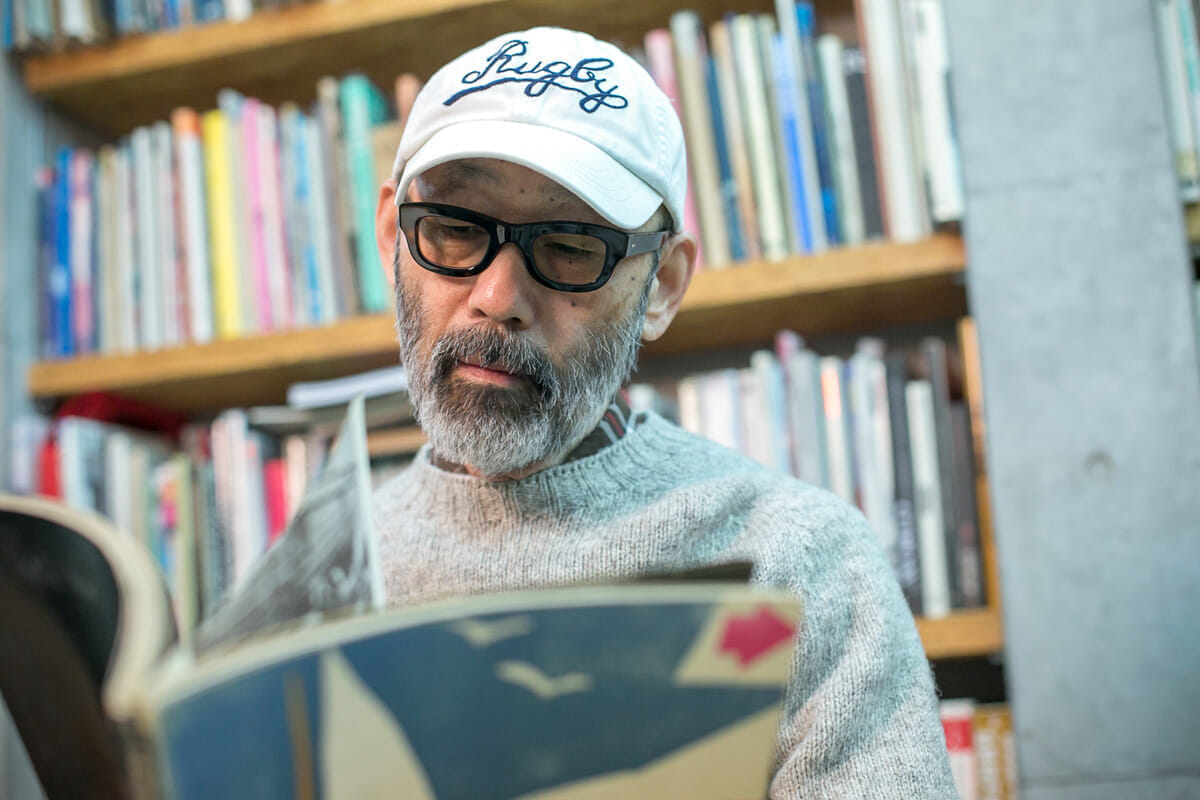
I chose these three magazines because I thought it was time to talk about magazines now that they are losing their prominence," says Fujimoto. All of these magazines have influenced Fujimoto in terms of editorial design. Fujimoto has been at the forefront of the magazine industry for many years, and the three books he has selected will give us a glimpse into the future of the magazine medium.
1: Vintage Magazine, a guide to where the magazine is headed.
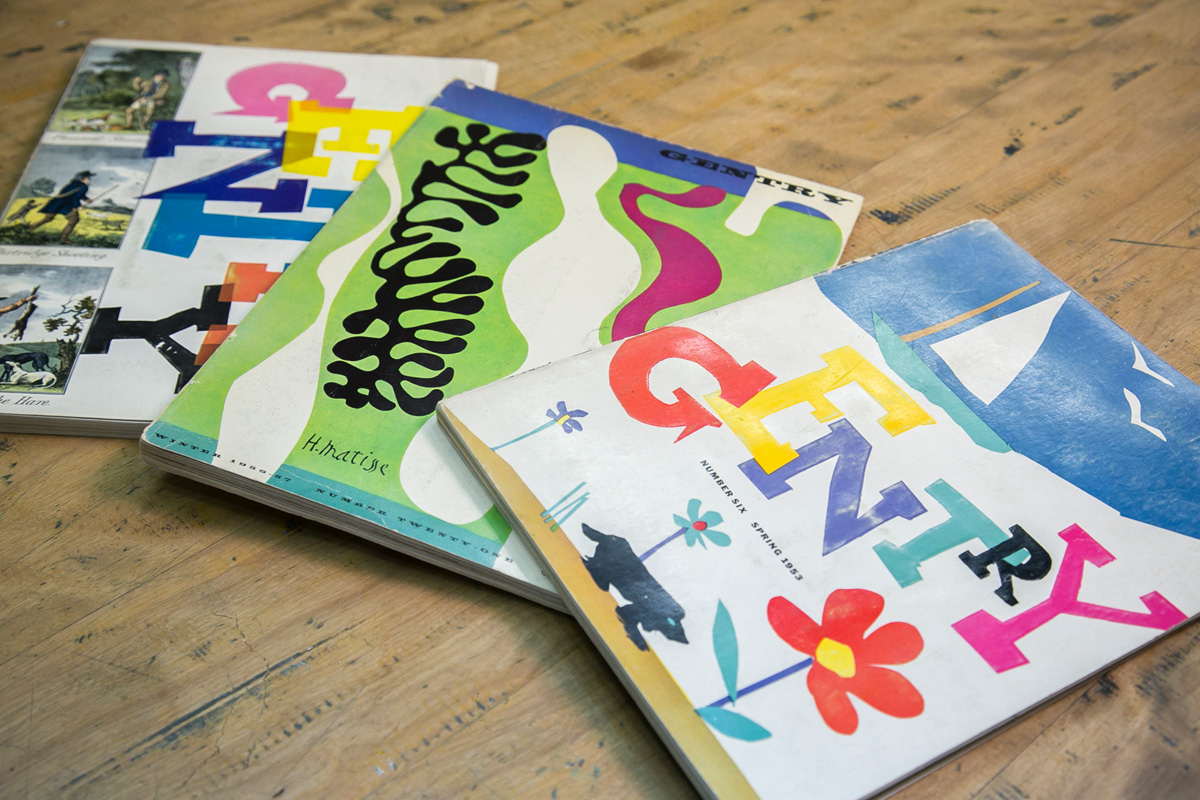
GENTRY"
This is an American magazine from the 1950s. This is an American magazine from the 1950s, and it is one step away from arts and crafts. I think that from now on, relatively expensive books that are carefully crafted will be produced for smaller communities. Magazines were originally a digest version of newspapers, which were then separated into different hobbies such as clothes and cars, but I think that in the near future magazines will return to their original form.
An American men's lifestyle magazine published in 22 issues between 1951 and 1957. The magazine is characterized by its elaborate design, with fabric swatches of products introduced in the magazine pasted on the pages and pop-up picture book-like mechanisms, and has become a collector's item.
2 books: The origin of CAP's design that created the magazine's visuals.
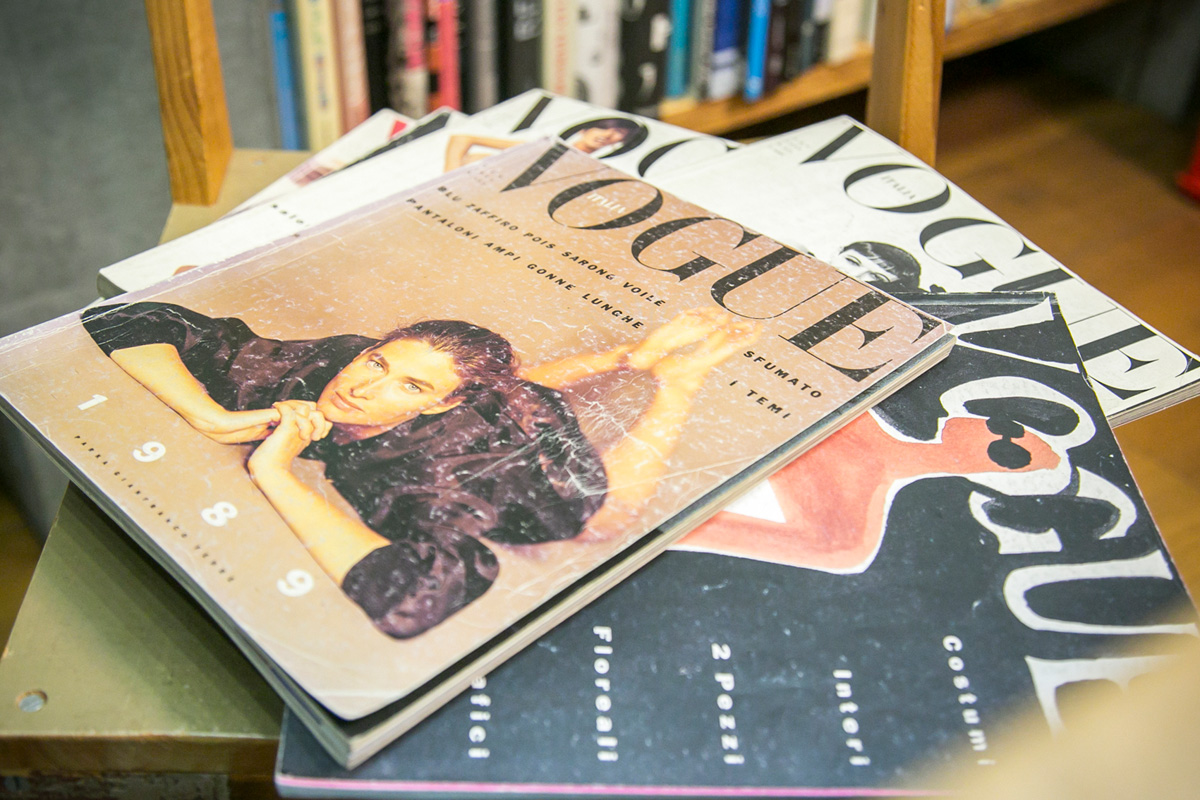
VOGUE ITALIA
This is "VOGUE ITALIA" from 1989. At that time, VOGUE ITALIA was commissioning the best designers at that time to design for one year. At that time, Italy was in the midst of a bubble period, and the magazine was designed by a famous art director named Fabien Baron. Until then, magazine designers were just organizing and laying out the material brought by the editors, but this man was clearly working on the magazine ahead of the design. He matched the color of the font to the clothes worn by the models, or put text over the entire photo. I was surprised that such a magazine existed and that it was OK to do such a thing, so I visited his workplace to see him in person.
The Italian edition of VOGUE was created by Fabien Baron, who was 29 years old at the time, with a new visual look. The issue, which ran for about a year and a half from 1989, when Fabien Baron was in charge of design, was so popular that it was scarce in used bookstores. Fabien Baron has since worked on the American edition of "Harper's Bazaar" and Madonna's photo book "SEX.
3 books: Milestones in Magazine Design
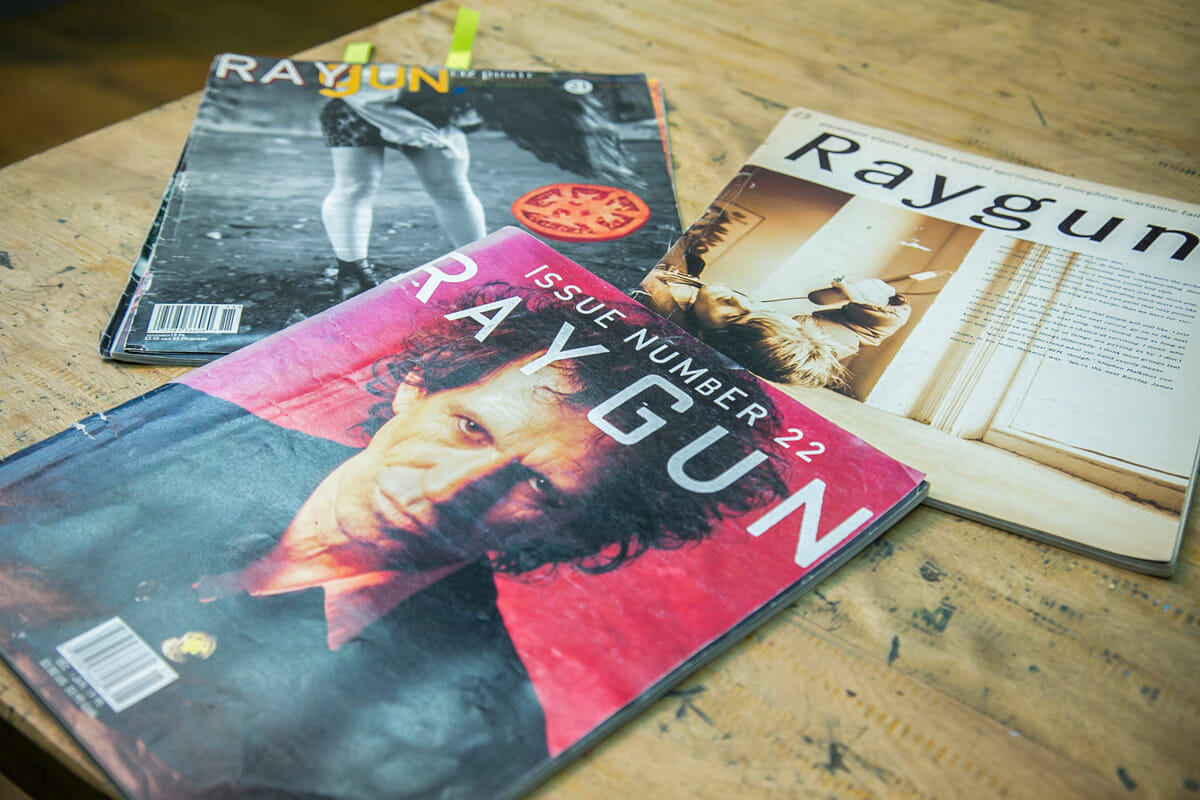
David Carson was designing on a Macintosh with only 11 fonts that he got from a friend, and when he engraved the fonts and laid out the layout, this is what he came up with. This is the beginning of a design that you don't have to be able to read. It's a design for seeing and feeling the magazine with all five senses. It's hard to read, but the design was revolutionary in that it gave the groove that is necessary for a music magazine, and everyone copied it. STUDIO VOICE was also very influential, and it is an epoch-making magazine in the history of design.
A music culture magazine published in California since 1992. The design of the cover logo changes with each issue, there is no table of contents or non-bibliography, and the text is laid out graphically, allowing readers to experience the world of the magazine by cutting up the information in an unorganized manner. The layout of the magazine, in which typography was deconstructed by David Carson, was also a symbolic event of the transition from computerized transcription to DTP.
From the 1970s to the present, Mr. Fujimoto has continued to create cool visuals for magazines. The bookshelves were not only a sight to behold with their precious collection of books, but even the appearance of the space was laid out under Mr. Fujimoto's aesthetics. It seems that Fujimoto's methodology for bringing magazines to a new stage in the midst of the ongoing publishing slump is already firmly stored in his mind and on his bookshelves.
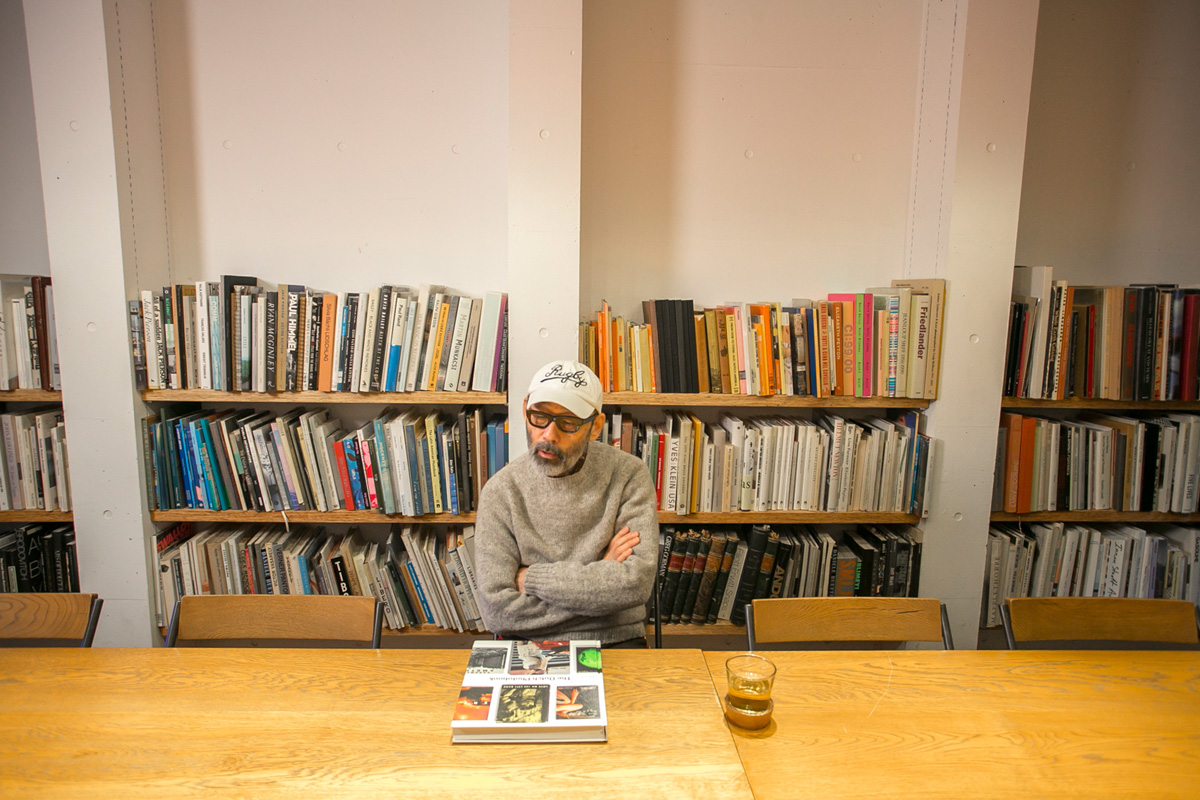
Yasushi Fujimoto
Born in Aichi Prefecture in 1950. After graduating from university, he worked at Heibonsha before founding the art direction design group "CAP" in 1983. He has worked on STUDIO VOICE, GQ JAPAN, GINZA, and ku:nel, and is currently involved in editorial design for VOGUE JAPAN, BRUTUS, CasaBRUTUS, and many other fashion brands.

